|
Largo Bay and its towns and villages have been captured by many an artist over the years. Discovering an old painting of the area is always fascinating, particularly if its old enough to include features that are long gone. The above watercolour is taken from just outside Leven, looking east to Largo Law and Lundin Links. A very familiar view but this time framed by the drying fishing nets. Dating to the late nineteenth century, this was a time when salmon net fishing was carried on in the bay. The nets extended from the shore far into the sea on stakes. By all accounts the fortunes of the salmon fishermen fluctuated widely over the years. However, 1870 seems to have been a good year as the 14 July Fife Herald notes below. The second painting below - by the same unknown artist - features the old mill at Lower Largo, framed by an arch of the viaduct. A degree of artistic license has been used here, as there were actually two, rather than three, rows of windows on the main building. However, it captures the essence of the site as it used to be.
1 Comment
This c1900 photograph of Lower Largo Harbour area is taken from a pedestrian's perspective, so gives a wonderful impression of what it might have been like to walk from Drummochy, across the wooden footbridge, over to Harbour Wynd and perhaps onward up to Largo Station. The detail is excellent in this image, giving a feel for daily life at that time. Note the cart tracks in the dirt road, taking a turn down into the Keil Burn. Those using wheeled transport (before the 1914 opening of the harbour road bridge) would have to ford the burn, passing under the footbridge and the railway viaduct, before coming back up onto the road on the other side close to the heckle house of the old mill.
In the close-up below, the carts are lined up next to Bridgend House and its adjacent stables. This is where the Elder family ran a carting and cab hire business. The Belmont Temperance Hotel is clearly seen in its elevated position close to the station. The footbridge over the railway line is in the top left. In the foreground, a gate spans half of the path leading to the footbridge. At the time of this photograph, the Keil Burn could be crossed by railway, using the footbridge or by using the ford (which was marked out by old mooring posts and stone edgings). Today the road bridge offers the only easy crossing. We've all seen images of Lower Largo Harbour similar to this one. However, this particular 1950s postcard is very clear and has lots of activity within it. Below are three different areas of detail. In the first, we can see the gas cylinder and part of the gas retort house through one of the viaduct's arches. A 'wet paint' sign can be seen on the wall adjacent to the road bridge. In the second image, note the public conveniences building through the left hand arch, three children splashing in the water under the road bridge and the detail of the pier in the foreground. The final image features three boys enjoying some rowing and another boat marked 'Jenny - Leven' in the foreground. Sadly, the sender of this particular postcard noted that the weather was "very showery and cool" during their July visit.
The above plan of the site of the mill, once situated by Lower Largo Harbour, is based upon the 1912 OS Map. The mill site existed long before then, of course, and it evolved a fair bit over time, with individual buildings being altered, adapted or replaced, as the nature of the businesses that occupied the site changed. However, the above illustration shows the three main buildings within the complex, as well as some additional structures. The numbered features are as follows:
1. One of the oldest buildings in the complex, which latterly housed a gas works and forge 2. Spinning Mill built 1798 and converted to Oil and Cake Mill circa 1861 (note 2 square extensions to rear built 1877) 3. One time 'Heckle House' (where flax was teased and combed out) with upstairs 'Counting House' 4. Manager's (or Overseer's) House 5. Mill Dam - with sluices marked left and right with dotted lines* 6. Building erected 1907 at the same time as a gas engine was installed at the mill 7. Course of the ford used by vehicles to cross Keil Burn prior to building of road bridge 8. Railway Viaduct (completed 1857) 9. Footbridge 10. Site of flax warehouse (pre-railway line) which would have had ford access from a ramp at edge of burn * dotted lines show route of tunnels, the longest of which feeds the water wheel within building 2 The site was clearly well-placed, next to the point where the Keil Burn flows into Lower Largo Harbour, next to the road that connects the village to the main road at the top of Harbour Wynd and, eventually, next to Largo Railway Station. There was probably activity on this site long before existing records can prove. A brewery pre-dated the spinning mill, as did a lint mill. This blog has covered the early history of the 1798 mill before. In 1801, in addition to newly-built main building, there were also: a Malts Mill and Thirlage, a Waulk or Plash Mill (where cloth was cleaned and thickened), Ware-room, Heckle-house, Wright's Shop, Stable and Byre, as well as a Manager's House. We have also looked before at how the mill evolved during the first half of the 19th century, before, ironically, falling out of use just as the railway line was about to reach Largo. Also covered previously, was the conversion of the mill into David Russell's Oil and Cake Mill. The reason for revisiting the subject is to better describe the geography of the site and to provide a frame of reference for a series of future posts on the transformation of the site after the old mill buildings were finally demolished in the late 1930s. The image below shows the mill complex c1909 and shows, from left to right, buildings 1, 2 and 3 noted above. This image is featured on p84 of the book 'Largo - An Illustrated History' by Eunson and Band (2000). With thanks to John Band for additional information regarding the mill site.  I've always found the sight of double-decker buses making their way through the narrow streets and steep braes of Largo a slightly odd sight, but even more incongruous is the image of a double-decker parked up under the arches of the viaduct at Lower Largo. The above photograph dates from 1955 and the early days of caravan park. The bus was inhabited by an author - David Lessels - who penned a book on the Mau Mau uprising while based at this inspiring location. Lessels had hitch-hiked through Africa in the early 1950s and a book about his travels called 'A Tramp in Africa' was published in 2006. Many thanks to John Band for the 1955 image and information about the author in residence. Below are buses as we are more likely to see them today. I have recently come across some different views of the old caravan park that was sited beneath the arches of the railway viaduct where Seatoun Place now stands. In the above image the gas holder and retort house of the former gas works can clearly be seen in the background. In fact, the presence of the gasometer and the rocky foreshore along the Keil Burn make this 1950s view not dissimilar to the 1938 view below of the ruined spinning mill which preceded the caravan park. The caravan park evolved over the years and a later image can be seen here. The unusual photograph below also shows the caravan park in its earlier days. This view shows the detail of the stony banks of the Keil. Could that be the old mill stone lying abandoned next to the grassy verge, just below the fence-topped wall? It is known to have been buried at one point, only to be dug up once more at a later date. It now takes pride of place by the entrance to Seatoun Place. It seems to be the correct size and shape to me! Let me know what you think...
This postcard features the caravan site beneath the viaduct at Lower Largo. It's possible to pick out some interesting detail by zooming in. The first close-up below shows the caravans in the prime spot by the water - doors and windows open and deck chairs set up in front. Someone is picking their way down the precarious looking rocks to the Keil Burn. The sender of this postcard was probably staying at the caravan site, as they write that one of the party "has gone for hot water for coffee". The other detailed image shows the retort house of the former gas works and the gasometer. The caravan site continued for many years and was further developed, with the building of walls and fences, as can be seen in later images.
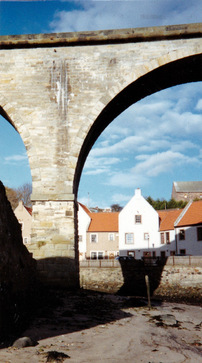 The photograph above and to the side were taken early in 1990 and show the viaduct before the fitting of drainpipes. In December 1992 notice was given to the public that it was proposed to "install downpipes" on the listed structure. Other repairs and reconstruction of a wall were to take place at the same time. Presumably the work was carried out in 1993 (if you remember this work being carried out, please comment). The reason for the installation of these pipes would obviously be to improve the drainage arrangements. A similar project on another disused viaduct at a similar date spoke of such structures being at risk of becoming "saturated, and the stonework damaged by frost" and of "leaching out of the mortar". While not particularly attractive, the drainpipes at least help to preserve this great symbol of skill and enterprise. Below are some recent images showing the pipes on the viaduct. This wonderful image of a train filling the expanse of the viaduct at Lower Largo was taken by Helen Muir in April 1957 and was kindly shared by her and her daughter, for visitors to this site to enjoy. At the time that this photo was taken, the viaduct was a century old. Below is a more recent photograph of a similar view. Aside from the obvious difference - no train! - note the changes to the house on the left, with the end dwelling being built up to align with its neighbour. There are also now drain pipes attached to the viaduct....more on that in the next post.
More images of the viaduct in days gone by (or indeed other local scenes) would be very welcome! 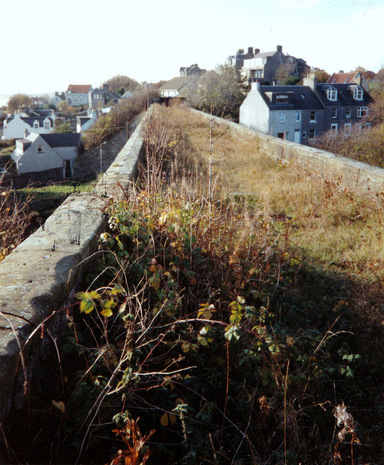 Back in 1988, preparations were under way to hand over the former railway viaduct at Lower Largo from the British Rail Property Board to the North East Fife District Council. The proposed change in ownership led to discussion around the future use of the structure. Some hoped that the landmark might form part of the official coastal path for walkers. It was recognised, however, that the first step would have to be to clear debris from the top of the viaduct and assess its structural condition. Local councillor Andrew Gilmour suggested that the current owners might be prepared to provide funding equivalent to what it would have cost to demolish the bridge and take away the debris. Other bodies mentioned as potentially supporting such a project were the Scottish Tourist Board, the East Neuk of Fife Preservation Society and the Maritime Heritage Project. The local community council backed the idea but were conscious that safety considerations would have to be fully weighed up. Happily, the grade B listed viaduct, built by the East Fife Railway Company in 1856-7, still stands in all its glory, but the vision of it being turned into a footpath never came about. No doubt in this day and age such a plan would have proved to be a health and safety nightmare (unlike it was a century ago).
|
AboutThis blog is about the history of the villages of Lundin Links, Lower Largo and Upper Largo in Fife, Scotland. Comments and contributions from readers are very welcome!
SearchThere is no in-built search facility on this site. To search for content, go to Google and type your search words followed by "lundin weebly". Categories
All
Archives
July 2024
|
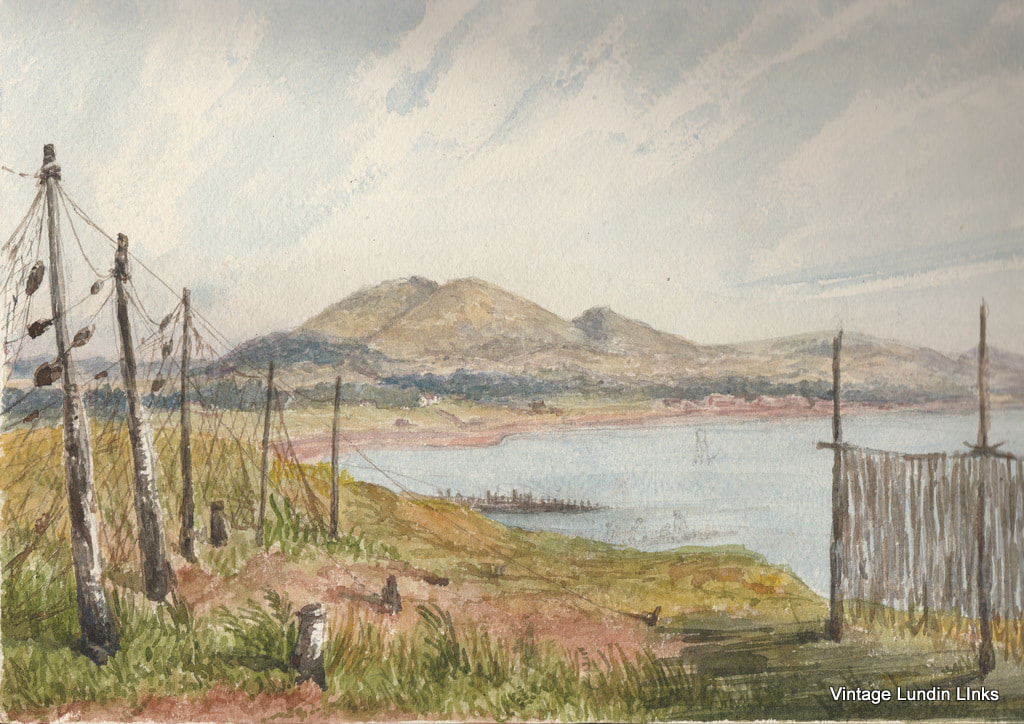

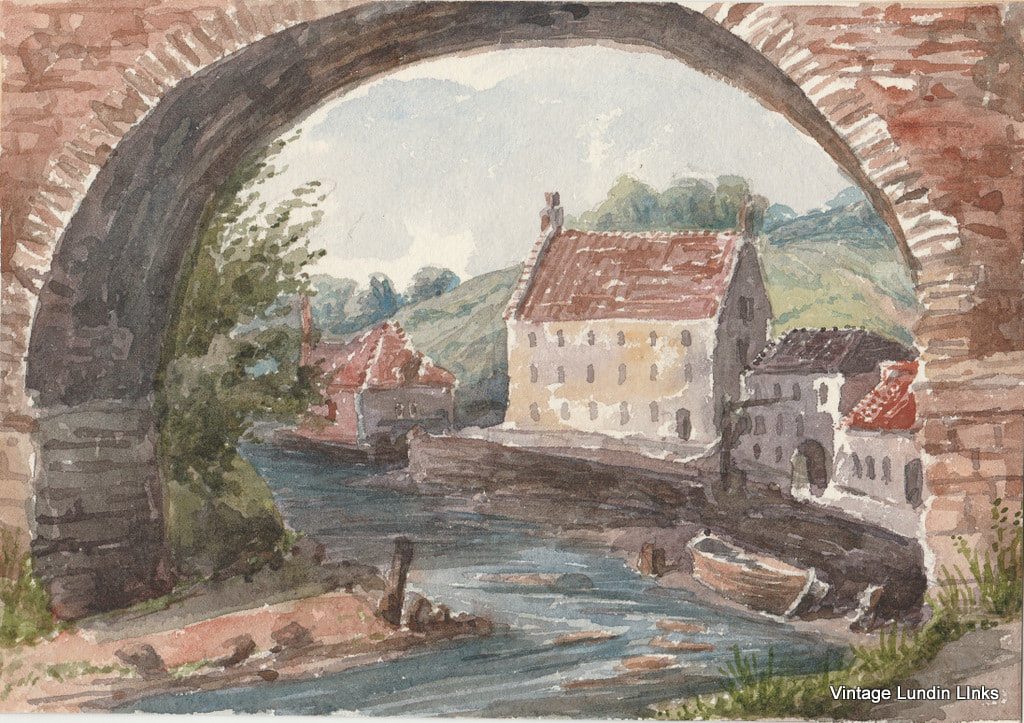
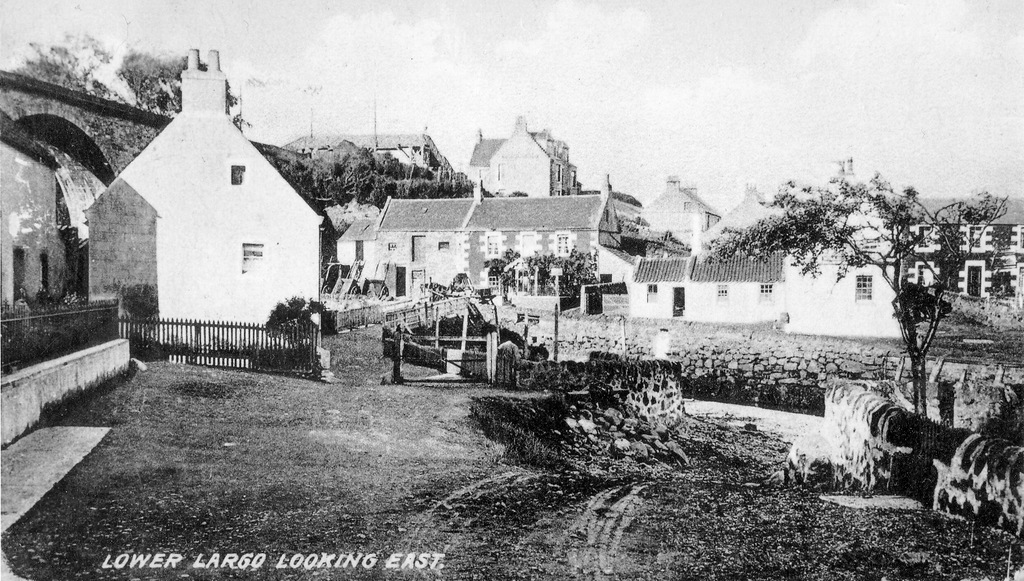
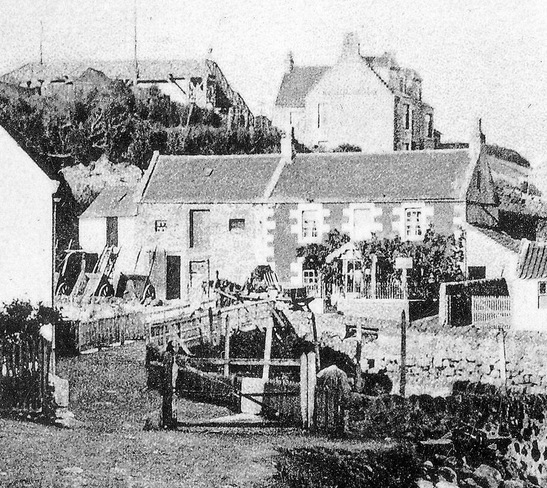
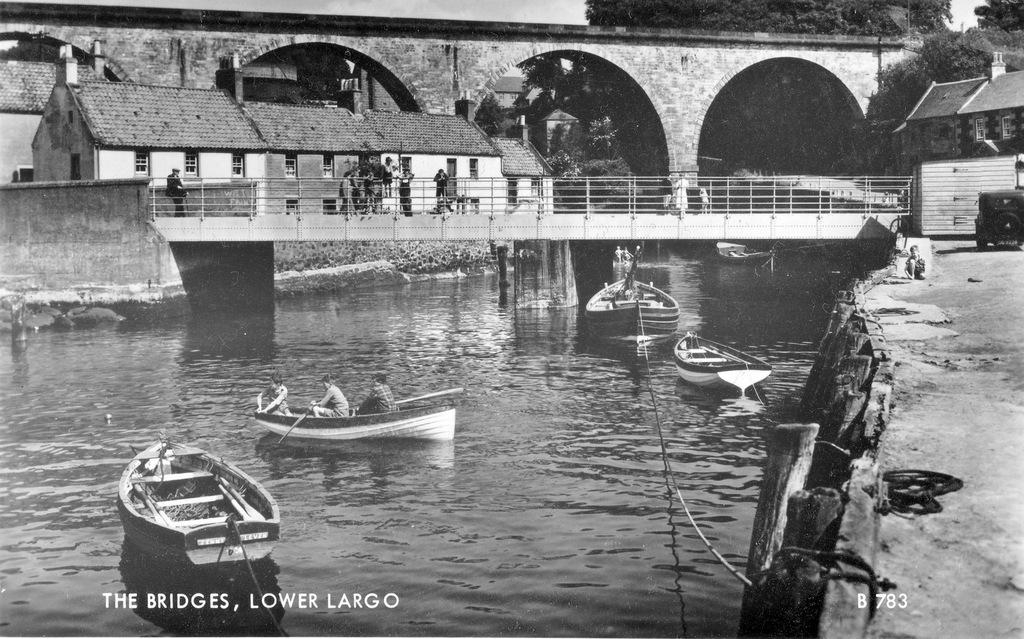
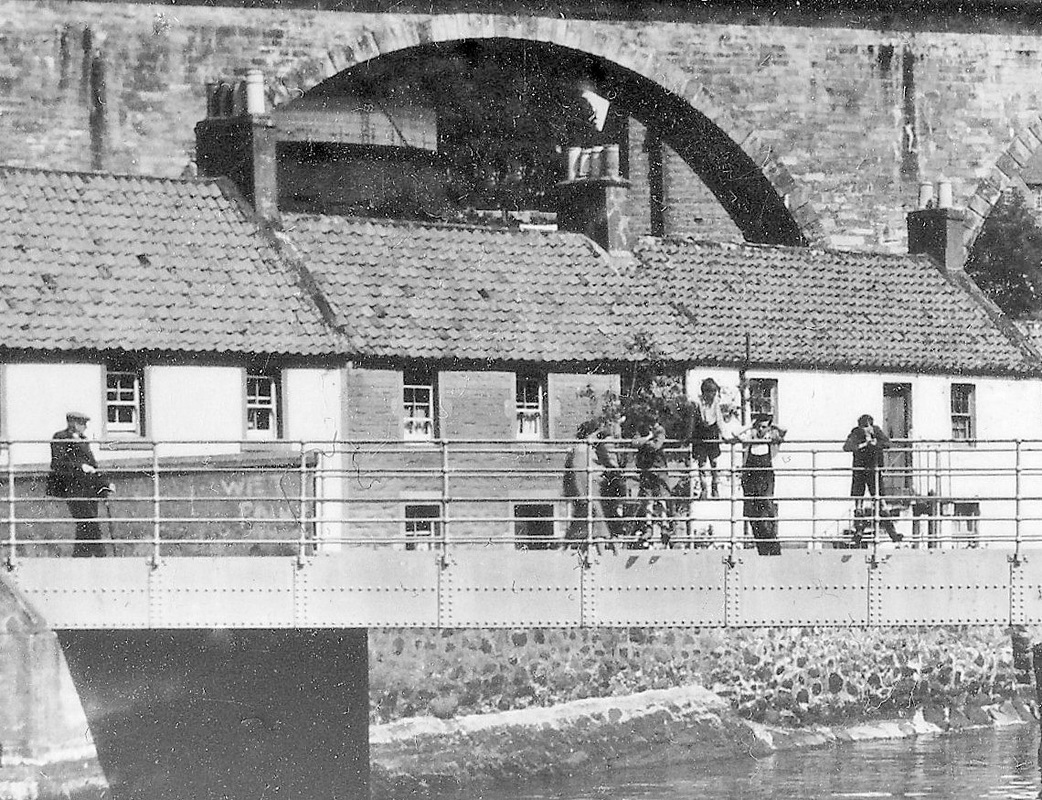
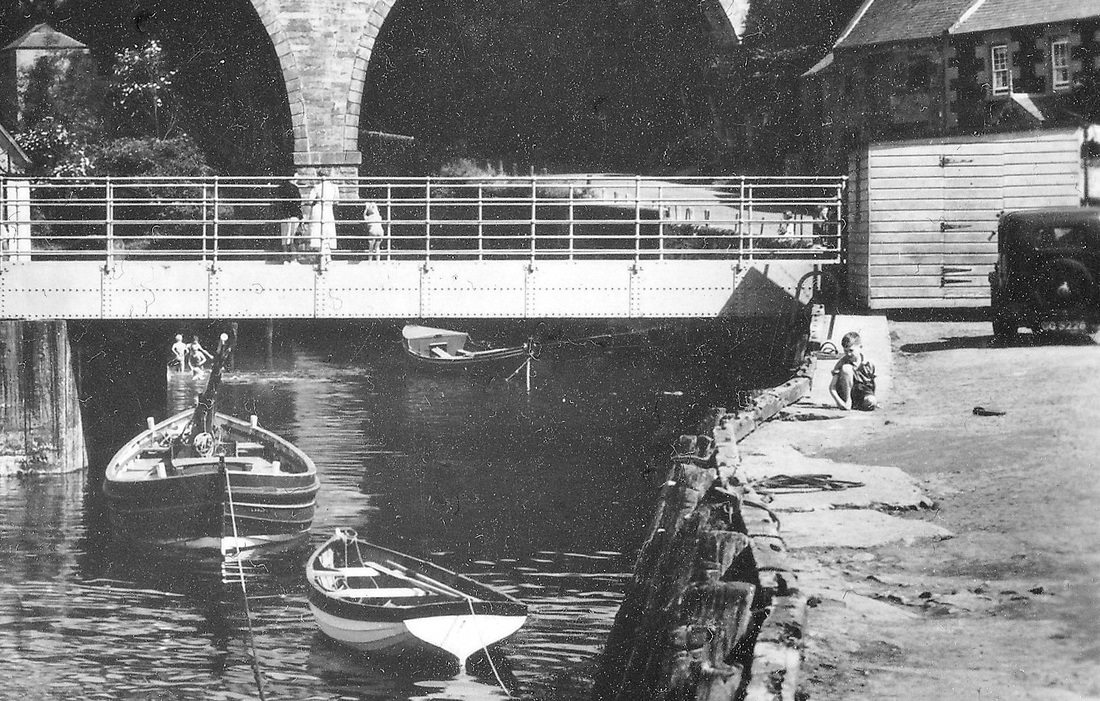
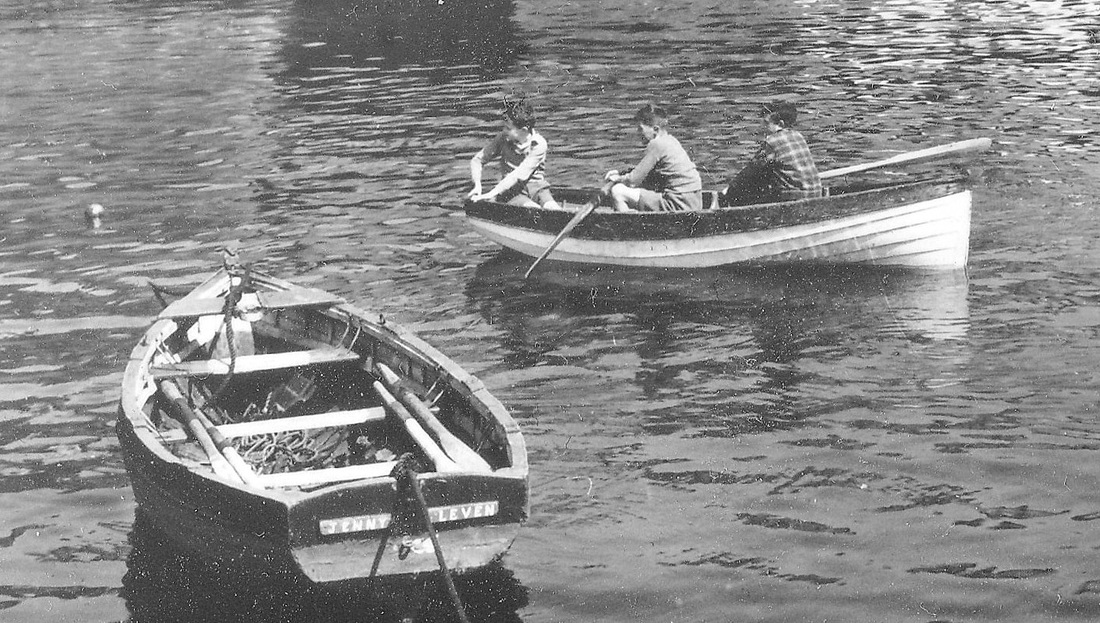
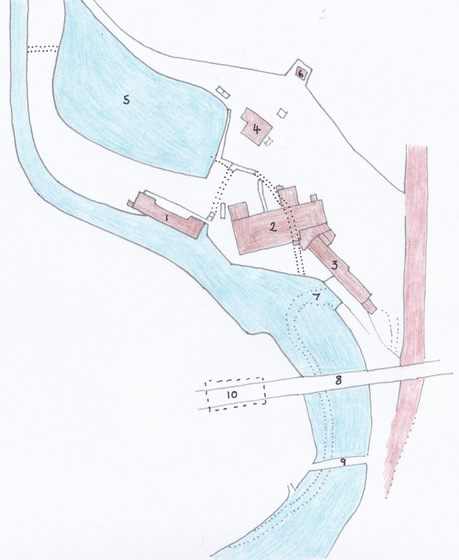
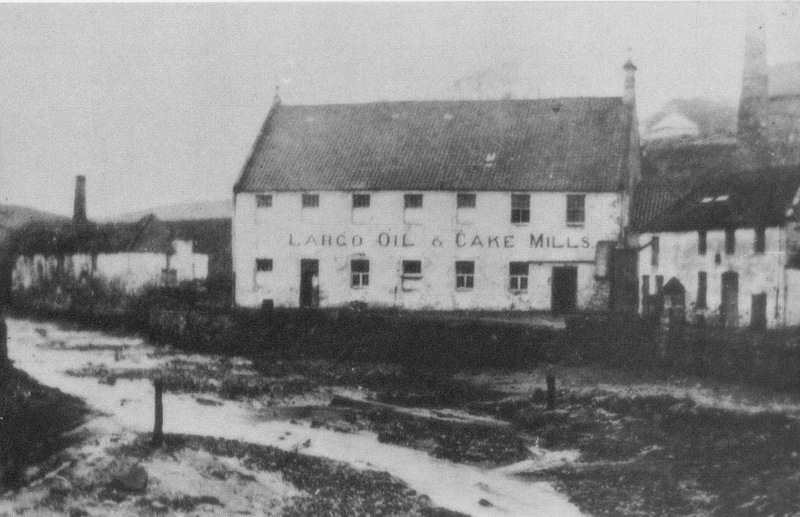
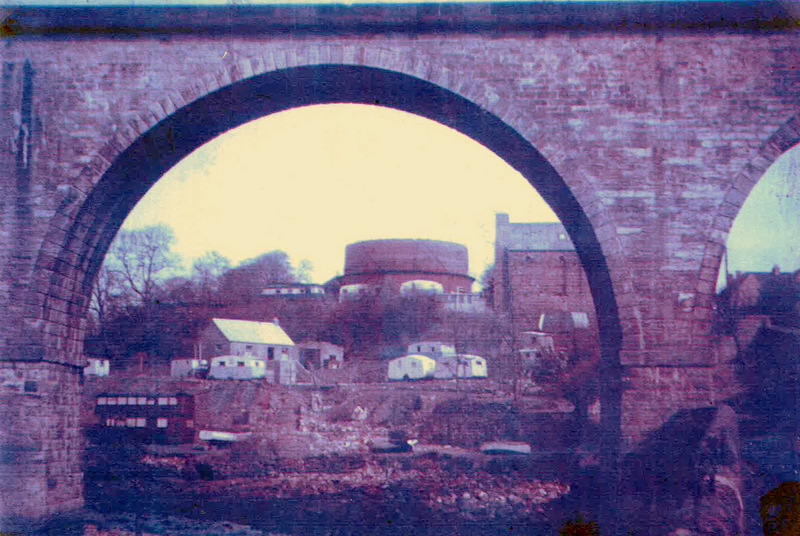
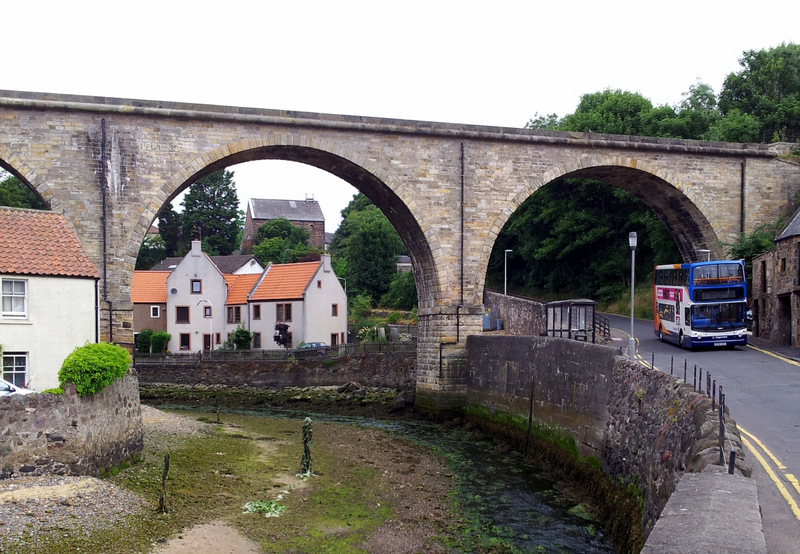
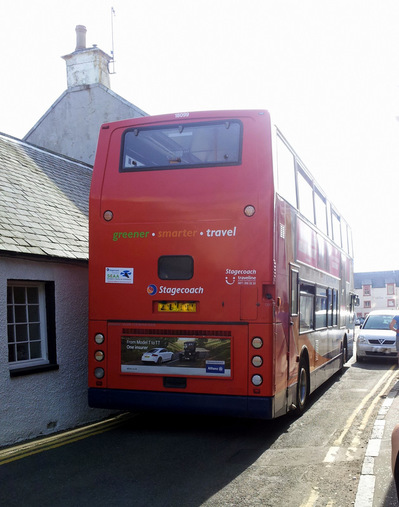
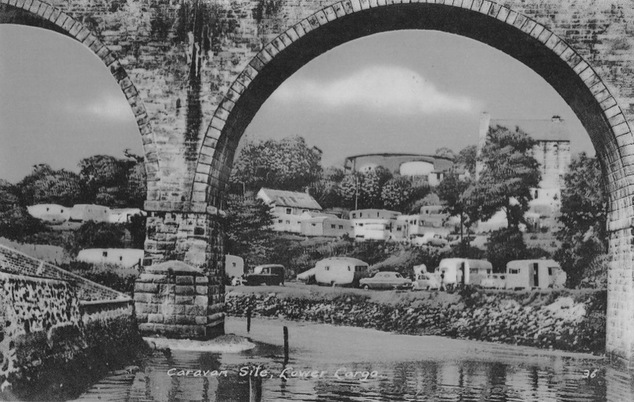
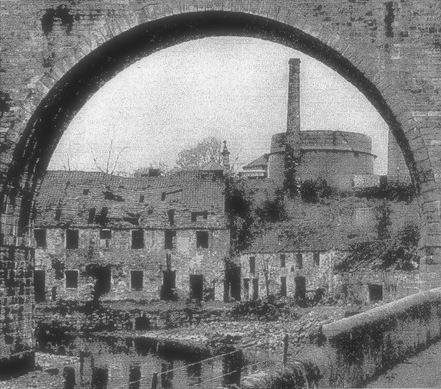
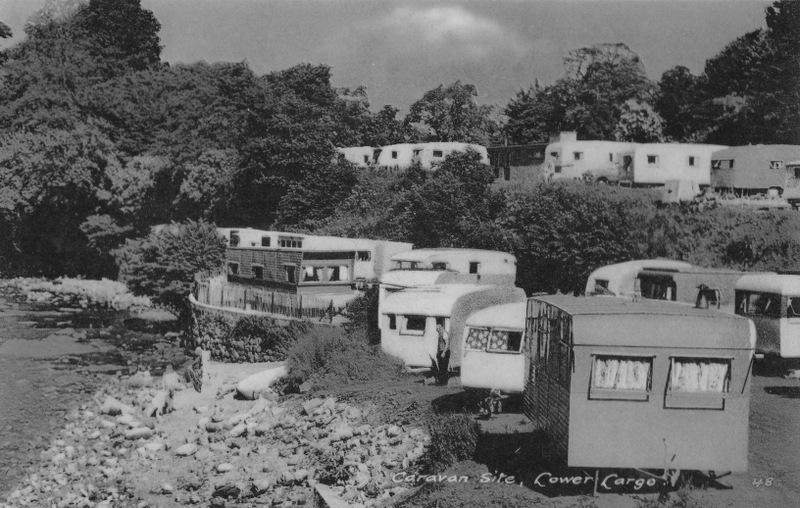

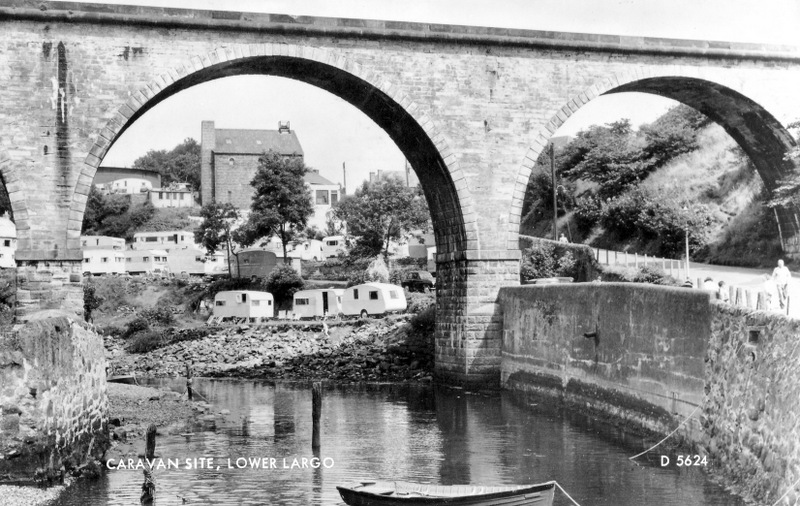
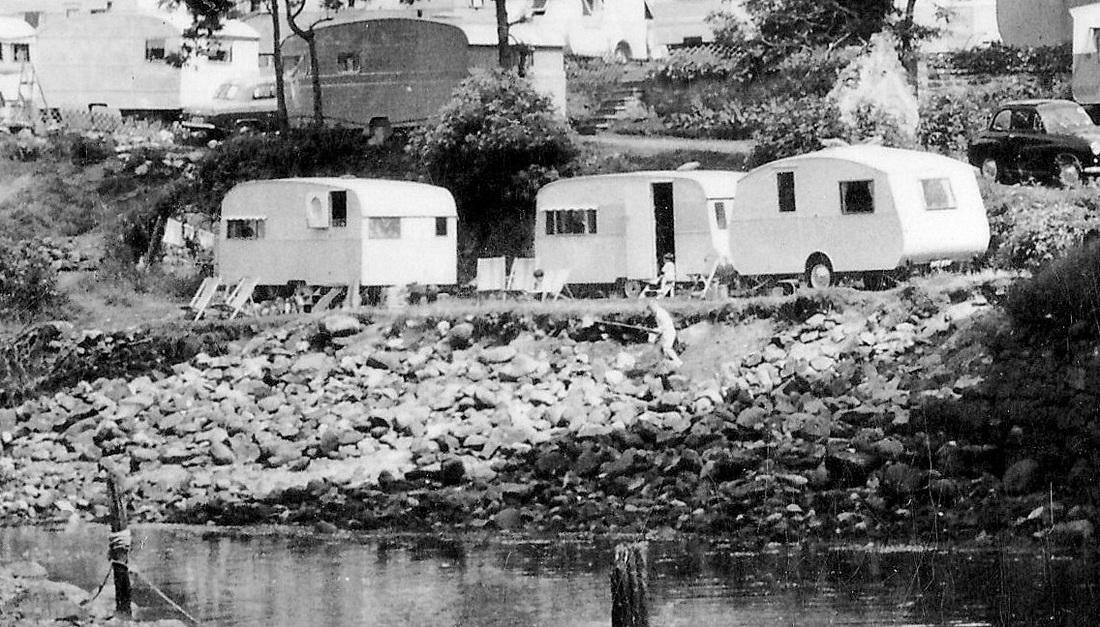
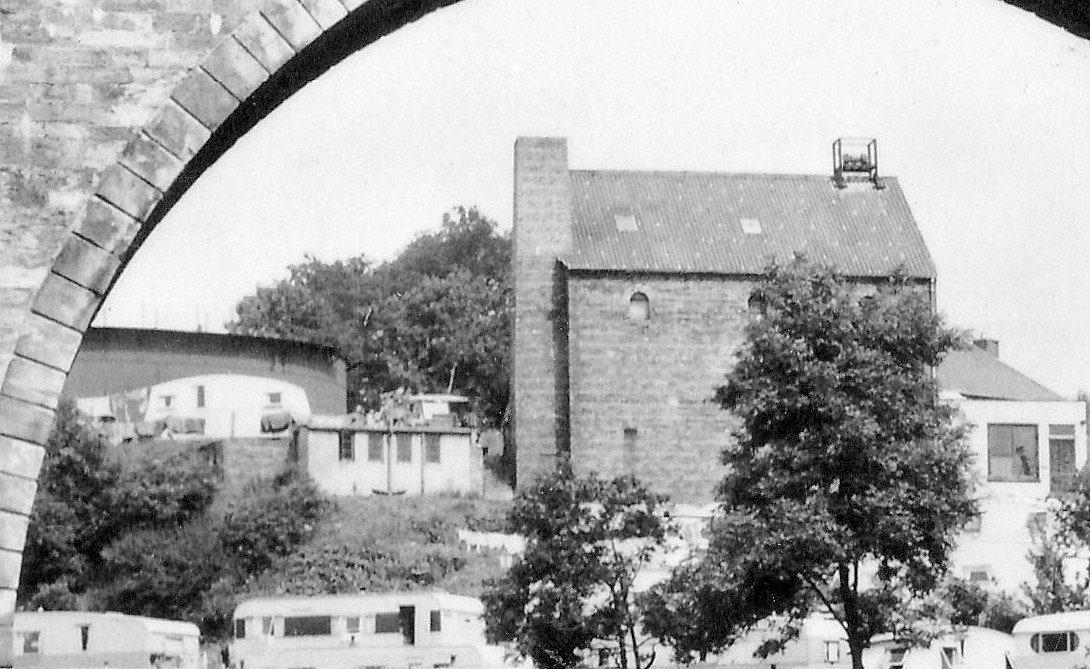
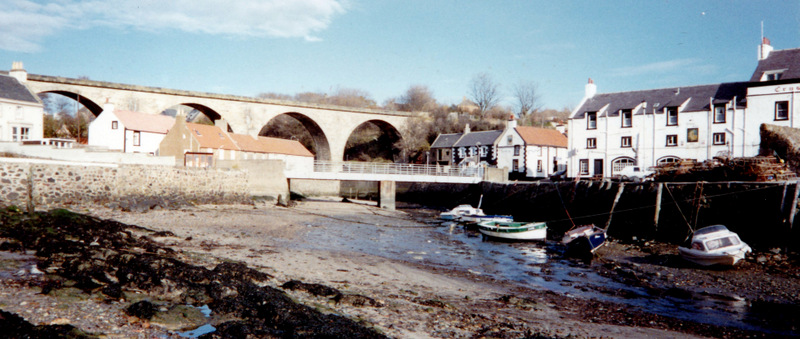
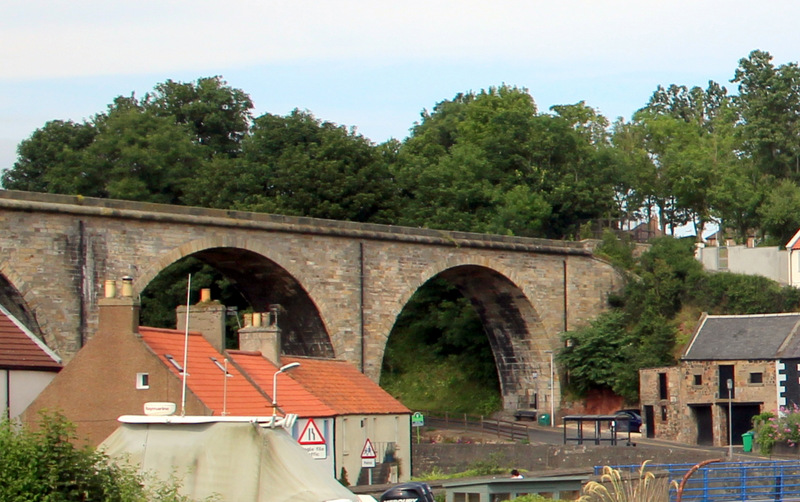
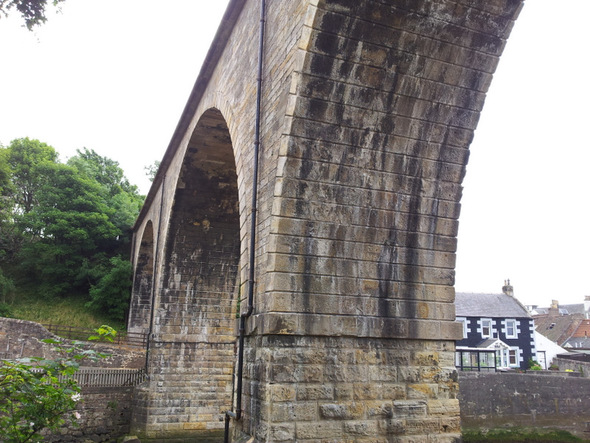
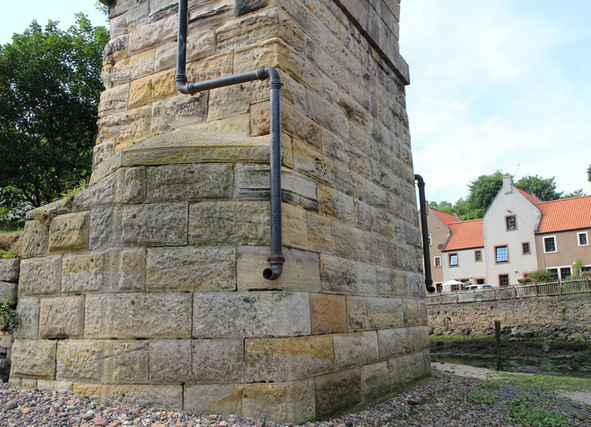
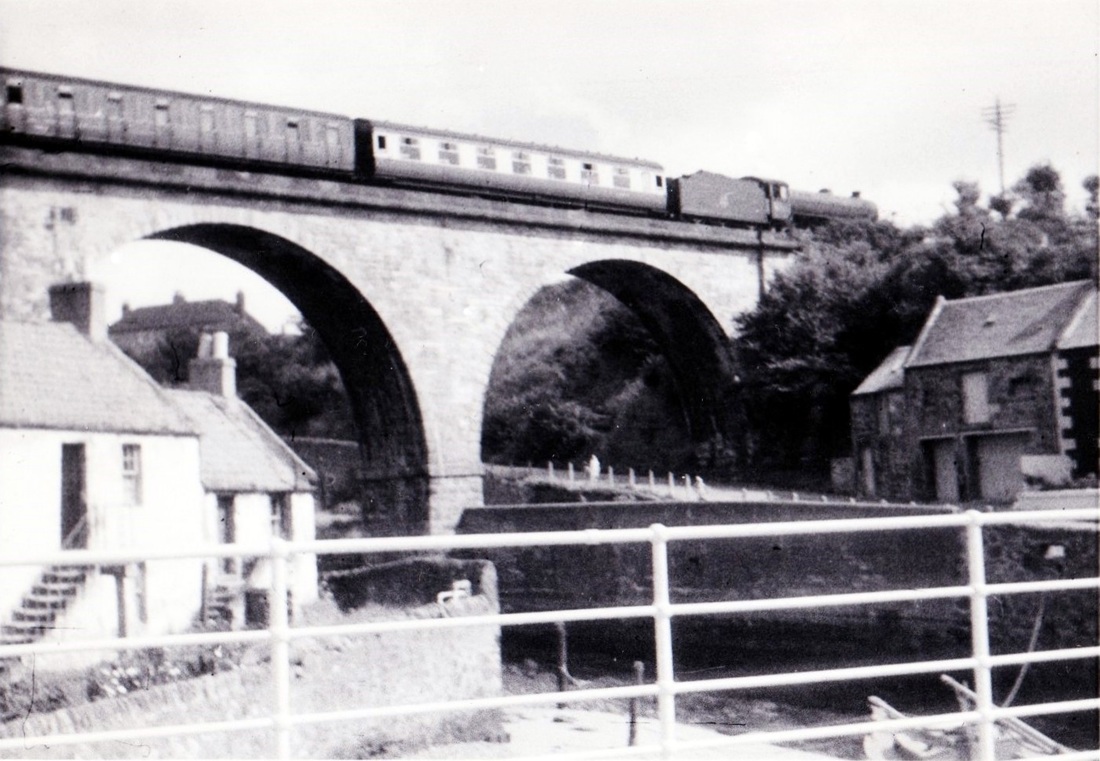
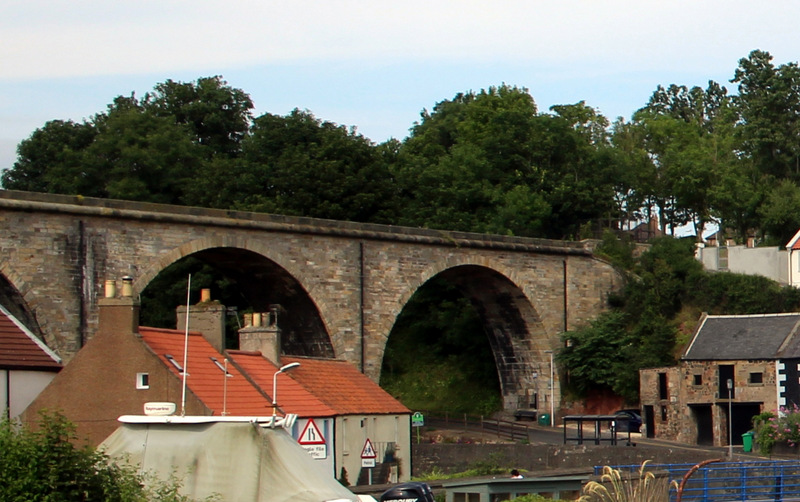
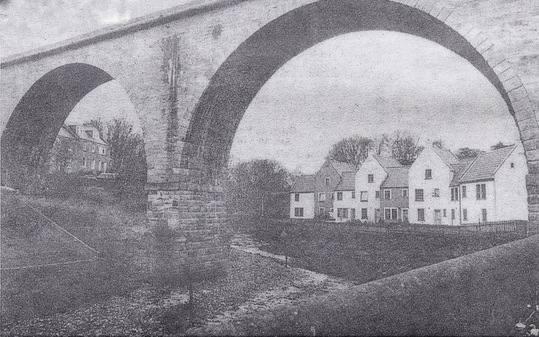
 RSS Feed
RSS Feed
